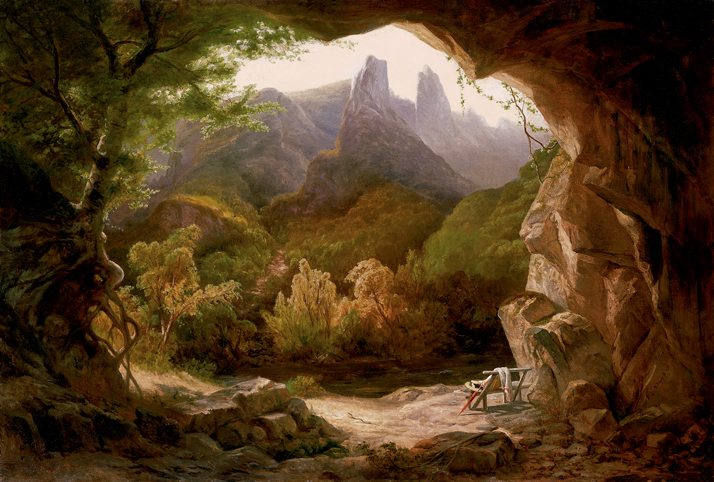
Markó Károly és köre. Mítosztól a képig. Ed.: Bellák, Gábor – Dragon, Zoltán – Hessky, Orsolya. Magyar Nemzeti Galéria, Budapest, 2011. pp. 174. old. 188.
Magyar Művészet, 1927. pp. 313.
Országos Magyar Képzőművészeti Társulat. Az 1927. évi magyar táj- és életképkiállítás tárgymutatója. Műcsarnok, Budapest, 1927.
A Kovács Gábor-gyűjtemény / The Gábor Kovács Collection. Ed.: Fertőszögi, Péter–Kratochwill, Mimi. Vince Kiadó, Budapest, 2004. pp. 111.
Múzeum-Körút. Válogatás 150 év magyar festészetéből. Kovács Gábor Művészeti Alapítvány, Budapest, 2006., pic. 23.
Markó Károly és köre. Mítosztól a képig. Ed.: Bellák, Gábor – Dragon, Zoltán – Hessky, Orsolya. Magyar Nemzeti Galéria, Budapest, 2011. pp. 208. cat. 188.
Kieselbach: Tavaszi Képaukció. Kieselbach Galéria, Budapest, 2012. pp. 150.